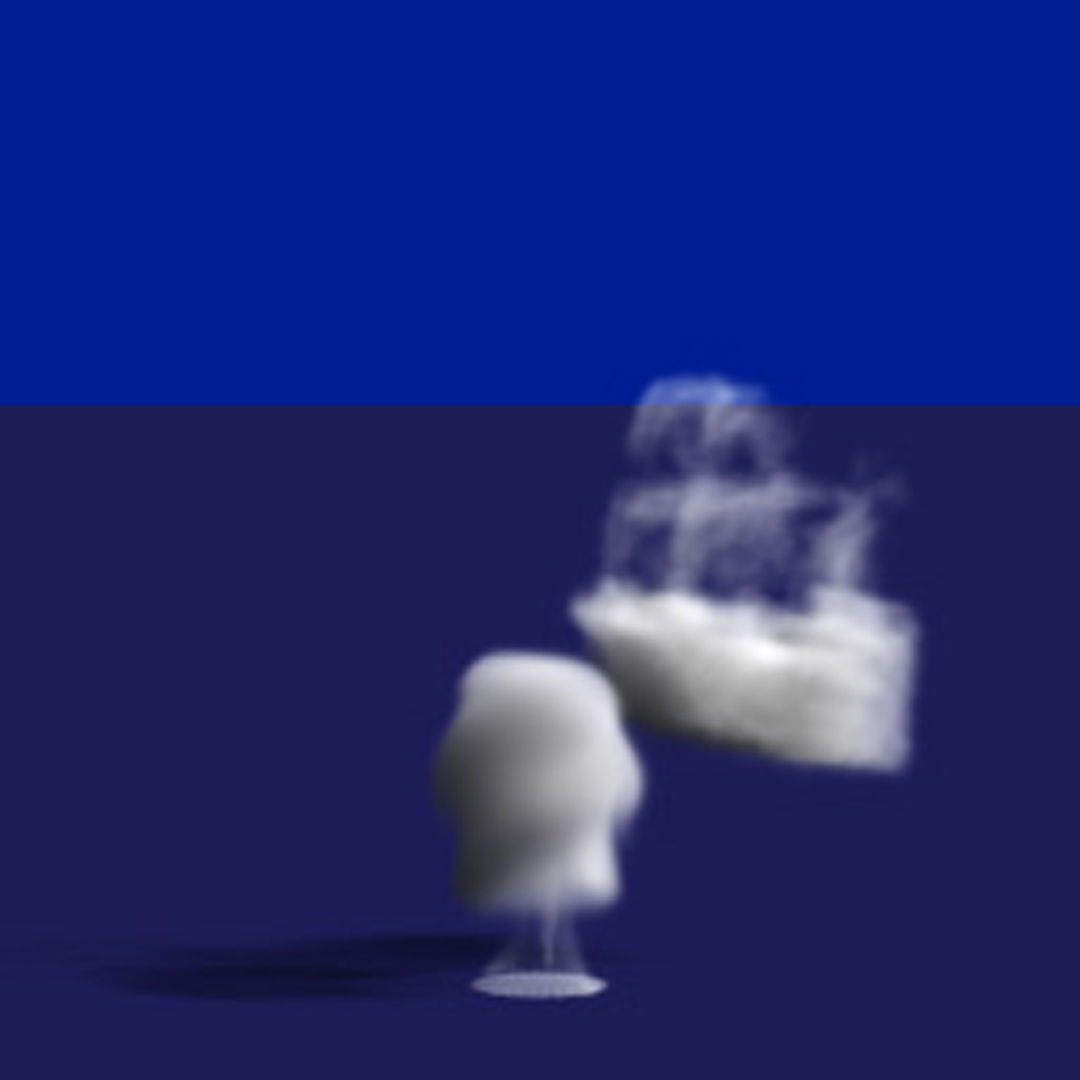“Target-driven smoke animation” by Fattal and Lischinski
Conference:
Type(s):
Title:
- Target-driven smoke animation
Presenter(s)/Author(s):
Abstract:
In this paper we present a new method for efficiently controlling animated smoke. Given a sequence of target smoke states, our method generates a smoke simulation in which the smoke is driven towards each of these targets in turn, while exhibiting natural-looking interesting smoke-like behavior. This control is made possible by two new terms that we add to the standard flow equations: (i) a driving force term that causes the fluid to carry the smoke towards a particular target, and (ii) a smoke gathering term that prevents the smoke from diffusing too much. These terms are explicitly defined by the instantaneous state of the system at each simulation timestep. Thus, no expensive optimization is required, allowing complex smoke animations to be generated with very little additional cost compared to ordinary flow simulations.
References:
1. CHORIN, A. J. 1967. A numerical method for solving incompressible viscous flow problems. Journal of Computational Physics 2, 12–16. Google ScholarDigital Library
2. ENRIGHT, D., MARSCHNER, S., AND FEDKIW, R. 2002. Animation and rendering of complex water surfaces. ACM Transactions on Graphics (Proceedings of ACM SIGGRAPH 2002) 21, 3 (July), 736–744. Google ScholarDigital Library
3. FEDKIW, R., STAM, J., AND JENSEN, H. W. 2001. Visual simulation of smoke. In Computer Graphics Proceedings, Annual Conference Series, E. Fiume, Ed., ACM SIGGRAPH, 15–22. Google ScholarDigital Library
4. FOSTER, N., AND FEDKIW, R. 2001. Practical animations of liquids. In Computer Graphics Proceedings, Annual Conference Series, E. Fiume, Ed., ACM SIGGRAPH, 23–30. Google ScholarDigital Library
5. FOSTER, N., AND METAXAS, D. 1996. Realistic animation of liquids. Graphical Models and Image Processing 58, 5 (Sept.), 471–483. Google ScholarDigital Library
6. FOSTER, N., AND METAXAS, D. 1997. Controlling fluid animation. In Proceedings CGI ’97, 178–188. Google ScholarDigital Library
7. HARLOW, F. H., AND WELCH, J. E. 1965. Numerical calculation of time-dependent viscous incompressible flow of fluid with free surface. The Physics of Fluids 8 (Dec.), 2182–2189.Google ScholarCross Ref
8. LAMORLETTE, A., AND FOSTER, N. 2002. Structural modeling of flames for a production environment. ACM Transactions on Graphics (Proceedings of ACM SIGGRAPH 2002) 21, 3 (July), 729–735. Google ScholarDigital Library
9. LEVEQUE, R. J. 2002. Finite Volume Methods for Hyperbolic Problems. Cambridge University Press.Google Scholar
10. NGUYEN, D. Q., FEDKIW, R., AND JENSEN, H. W. 2002. Physically based modeling and animation of fire. ACM Transactions on Graphics (Proceedings of ACM SIGGRAPH 2002) 21, 3 (July), 721–728. Google ScholarDigital Library
11. PRESS, W. H., TEUKOLSKY, S. A., VETTERLING, W. T., AND FLANNERY, B. P. 1992. Numerical Recipes in C: The Art of Scientific Computing, 2nd ed. Cambridge University Press. Google ScholarDigital Library
12. STAM, J. 1999. Stable fluids. In Computer Graphics Proceedings, Annual Conference Series, A. Rockwood, Ed., ACM SIGGRAPH, 121–128. Google ScholarDigital Library
13. TREUILLE, A., MCNAMARA, A., POPOVIC, Z., AND STAM, J. 2003. Keyframe control of smoke simulations. ACM Transactions on Graphics (Proceedings of ACM SIGGRAPH 2003) 22, 3 (July), 716–723. Google ScholarDigital Library
14. TROTTENBERG, U., OOSTERLEE, C., AND SCHÜLLER, A. 2001. Multigrid. Academic Press. Google ScholarDigital Library
15. WITTING, P. 1999. Computational fluid dynamics in a traditional animation environment. In Computer Graphics Proceedings, Annual Conference Series, A. Rockwood, Ed., ACM SIGGRAPH, 129–136. Google ScholarDigital Library




